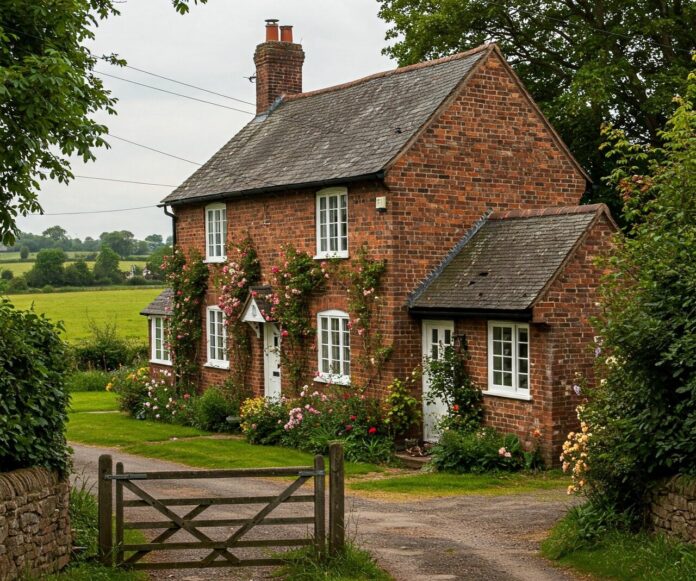The UK housing market posted a modest increase in May, with house prices rising by 0.5% on a seasonally adjusted basis and annual growth ticking up to 3.5%, according to the latest Nationwide House Price Index.
This compares with a 3.4% annual rise in April, suggesting a steady, if subdued, momentum as the market adjusts to the end of stamp duty incentives and broader economic headwinds.
The average UK house price now stands at £273,427, up from £270,752 the previous month. Nationwide’s monthly index rose to 542.7, recovering slightly from April’s 540.0, when prices had dipped by 0.6%.
Robert Gardner, chief economist at Nationwide, attributed the uptick to resilient underlying market conditions, despite global economic uncertainty. “Unemployment remains low, earnings are rising at a healthy pace (even after accounting for inflation), household balance sheets are strong and borrowing costs are likely to moderate a little if Bank Rate is lowered further in the coming quarters,” he said.
Gardner also pointed to a notable rise in property transactions in March, with completions by owner occupiers reaching levels not seen since the summer of 2021. Many buyers rushed to complete ahead of the expiry of the temporary stamp duty reduction, inflating figures for that period.
But while the stamp duty effect has waned, regional and locational differences in price growth remain stark. A special report by Nationwide highlights that property prices in predominantly rural areas have surged by 23% since December 2019, compared to an 18% increase in more urban locations. Although the pandemic-driven desire for space and greenery has eased, rural markets continue to outperform their urban counterparts.
URBAN VS RURAL
Home-mover behaviour also supports this trend. In Nationwide’s latest housing market survey, most moves over the past five years occurred within the same type of area, but a notable 9% of movers relocated from towns or cities to rural areas, partially offset by 7% moving in the opposite direction. The analysis showed distinct age-based preferences: older homeowners (particularly those aged 55 and above) were more likely to move to rural areas, while younger movers tended towards cities.
Jeremy Leaf, north London estate agent and former RICS residential chairman, noted that the Nationwide index was among the first to show post-stamp duty holiday trends. “Activity has settled since that time, with the significant increase in supply now comfortably exceeding demand, keeping prices in check,” he said. “Buyers and sellers are coming to terms with the ‘new normal’ as employment strength outweighs economic worries and doing their best to keep deals alive.”

Tomer Aboody, director of specialist lender MT Finance, suggested that a more muted few months may lie ahead, as households absorb the impact of recent fiscal changes. “If the government wants to stimulate the property market, and wider economy at the same time, it must reduce stamp duty,” he said.
Karen Noye, mortgage spokesperson at Quilter, echoed concerns about affordability despite a gradual improvement in mortgage rates. “Although lenders have started to reduce rates, many borrowers are still facing higher monthly costs than they would have a couple of years ago, particularly those coming off ultra-low fixed deals,” she said. She warned that many buyers are resorting to measures such as interest-only loans or term extensions to manage their budgets, but noted these are often only short-term solutions.
Jason Tebb, president of OnTheMarket, observed that while stamp duty incentives had fuelled a burst of activity earlier in the year, the market remains relatively resilient. “Average house prices remain relatively steady although there are regional differences and an urban/rural divide exacerbated by the pandemic,” he said. “Lenders have been trimming mortgage rates and easing criteria in recent weeks which should help a little, giving buyers who rely on mortgages more wiggle room.”





